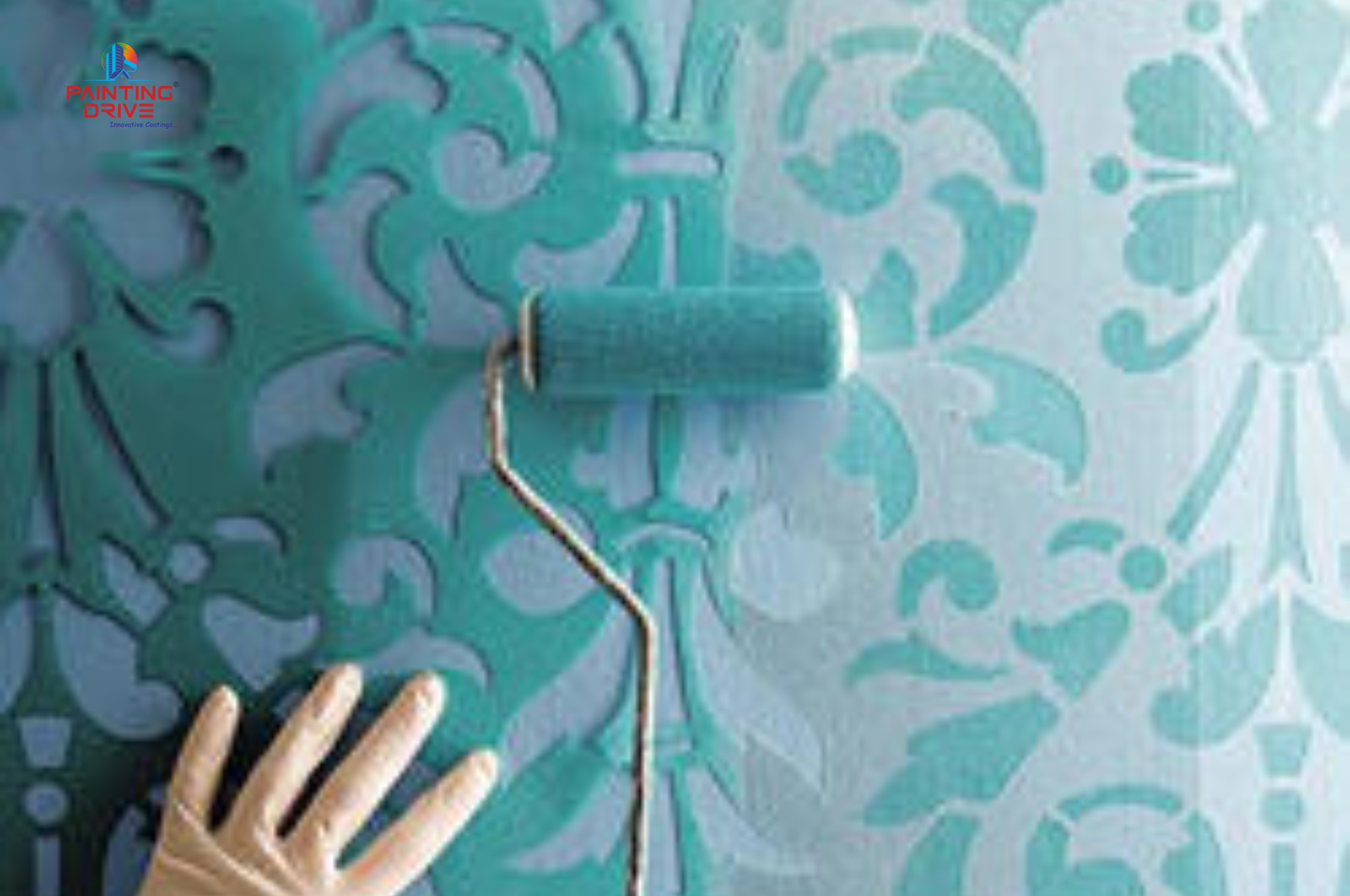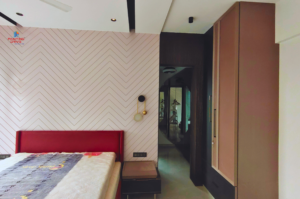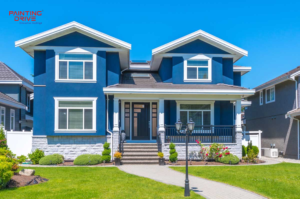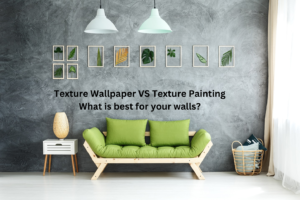When we think about home insulation and energy efficiency, the primary factors that come to mind are usually the types of insulation materials used, the quality of windows and doors, and the efficiency of heating and cooling systems. However, one often overlooked aspect is the role of wall textures. The texture of your walls can have a surprising impact on how well your home maintains optimal temperatures and how much energy you use. Let’s explore how different wall textures contribute to insulation and energy efficiency.
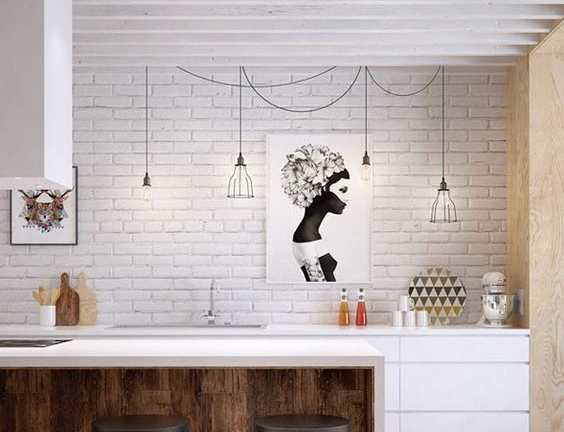
Understanding Wall Texture
Wall texture refers to the finish applied to the interior or exterior walls of a building. Common wall textures include smooth finishes, popcorn, knockdown, orange peel, and various types of plaster or stucco finishes. These textures are created using different techniques and materials, each offering unique aesthetic and functional properties.
The Science Behind Wall Texture and Insulation
Wall texture can influence a home’s insulation in several ways:
- Surface Area and Heat Distribution: Textured walls have a greater surface area compared to smooth walls. This increased surface area can help distribute heat more evenly across the wall’s surface, potentially aiding in better temperature regulation within a room.
- Air Movement and Thermal Bridging: Textured walls can create small pockets of air on the wall’s surface. These air pockets can act as additional barriers to thermal bridging—the process where heat is transferred through materials that are poor insulators. By slowing down thermal bridging, textured walls can help keep warm air inside during winter and cool air inside during summer.
- Material Properties: The materials used to create certain textures, such as plaster or stucco, can have insulating properties of their own. These materials can add an extra layer of insulation to your walls, improving overall energy efficiency.
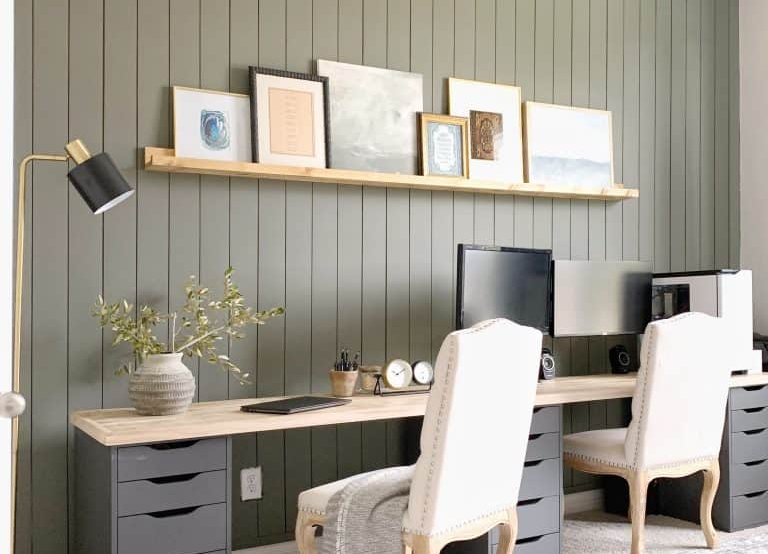
Types of Wall Textures and Their Insulating Effects
- Smooth Finish: While smooth finishes are easy to clean and offer a sleek look, they provide the least benefit in terms of insulation. Smooth walls do not have the additional surface area or air pockets that textured walls offer, making them less effective at regulating temperature.
- Popcorn and Knockdown: These textures, often used on ceilings, have a bumpy surface that can trap small pockets of air. This can provide a minor improvement in insulation by reducing thermal bridging.
- Orange Peel: This texture offers a slightly rougher surface than smooth walls and can also help with air distribution. However, its impact on insulation is minimal compared to more heavily textured finishes.
- Stucco and Plaster: Stucco and plaster finishes are more substantial and can offer significant insulating benefits. These materials not only add texture but also provide additional thermal mass, which can help stabilize indoor temperatures by absorbing and slowly releasing heat.

Practical Considerations
While wall texture can contribute to better insulation and energy efficiency, it is essential to consider the following practical aspects:
- Maintenance: Textured walls can be harder to clean and maintain than smooth walls. Dust and dirt can accumulate in the crevices, requiring more frequent cleaning.
- Aesthetics: The choice of wall texture should align with your aesthetic preferences and the overall design of your home. Some textures, like popcorn, have fallen out of favor in modern interior design, while others, like smooth or knockdown, remain popular.
- Professional Application: Applying certain wall textures, especially those involving plaster or stucco, may require professional expertise. Improper application can lead to poor insulation performance and aesthetic issues.
Check out our project on PU Coating
Conclusion
While wall texture may not be the first thing that comes to mind when considering home insulation and energy efficiency, it can play a role in maintaining optimal temperatures and reducing energy costs. By understanding the insulating properties of different wall textures and incorporating them into your home design, you can enhance both the comfort and efficiency of your living space. Whether you prefer the sleek look of smooth walls or the added benefits of textured finishes, thoughtful consideration of wall textures can contribute to a more energy-efficient home.

